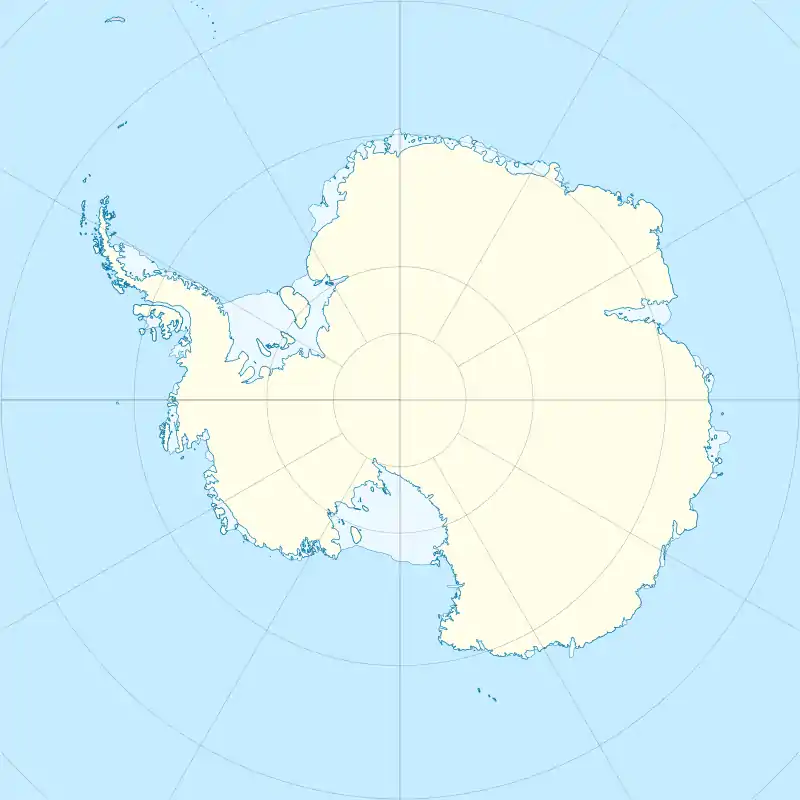Lucas Island
Lucas Island is a small island lying just west of the Vestfold Hills, Antarctica, 4 kilometres (2 nmi) north-west of Plog Island. It was mapped by Norwegian cartographers from air photos taken by the Lars Christensen Expedition (1936–37) and called "Plogsteinen" (the plow stone). It was mapped by the Australian National Antarctic Research Expeditions in 1958 and renamed for W.C. Lucas, a diesel mechanic at Davis Station, 1957.[1]
 Lucas Island Location in Antarctica | |
| Geography | |
|---|---|
| Location | Antarctica |
| Coordinates | 68°30′S 77°57′E |
| Length | 0.6 km (0.37 mi) |
| Width | 0.2 km (0.12 mi) |
| Highest elevation | 40 m (130 ft) |
| Administration | |
| Administered under the Antarctic Treaty System | |
| Demographics | |
| Population | Uninhabited |
Important Bird Area
A 9 ha site comprising the whole island has also been designated an Important Bird Area (IBA) by BirdLife International because it supports about 14,000 breeding pairs of Adélie penguins.[2]
References
- "Lucas Island". Geographic Names Information System. United States Geological Survey, United States Department of the Interior. Retrieved 2013-07-08.
- "Lucas Island". BirdLife Data Zone. BirdLife International. 2015. Retrieved 14 November 2020.
External links
 This article incorporates public domain material from "Lucas Island". Geographic Names Information System. United States Geological Survey.
This article incorporates public domain material from "Lucas Island". Geographic Names Information System. United States Geological Survey.
This article is issued from Wikipedia. The text is licensed under Creative Commons - Attribution - Sharealike. Additional terms may apply for the media files.